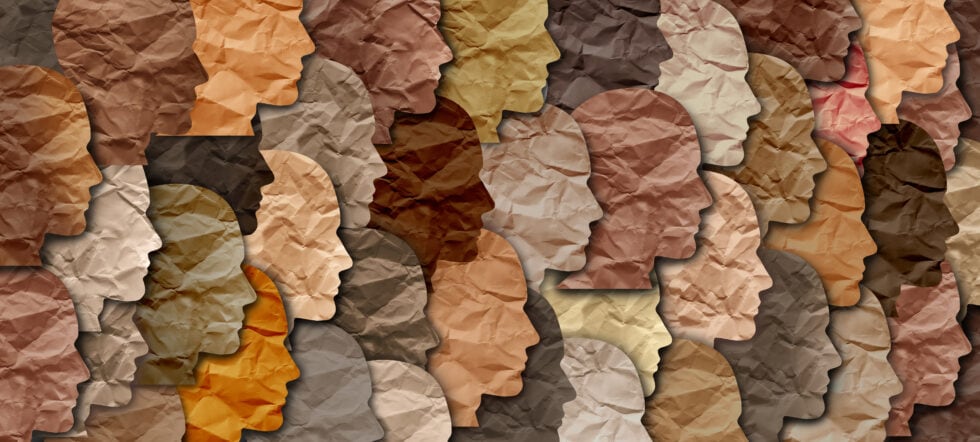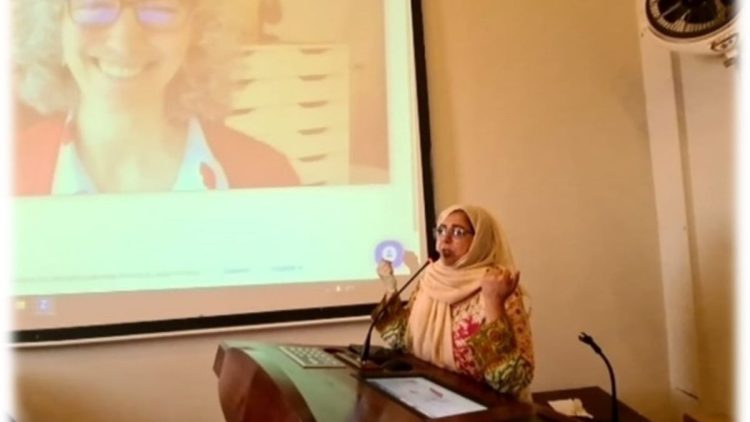مقدمة
This Youth, Women and Local Leaders for Conflict Prevention and Transformation Guidebook I was compiled from the reports of train-the-trainers workshops organized by Global Forum for the Defence of the Less Privileged (GFDLP) on the theme: Promoting Dialogue and Social Cohesion for Conflict Prevention and Transformation in the North West and South West (NWSW) Regions of Cameroon. The workshops were organized between July 2020 and October 2020 in Buea (SW) and Bamenda (NW) Regions.
In summary, the Guidebook presents and elaborates the following: (1) how the exclusion of youths, women and local leaders causes conflicts to escalate and become intractable; (2) how the rise and speedy spread of Armed-Youth Groups (AYGs) is caused by excluded youths (especially those out-of-school and unemployed), seeking to extract from the society what many of them perceive as their rights; (3) how the surge of AYGs is the opportunity cost of the ineffective and or inadequate inclusion of youths, women and local leaders in public policy/decision making; and (4) why the incorporation of local leaders and traditional institutions in the retributive and restorative justice systems should be the starting point for the effective and efficient distribution/decentralization of state authority to the grass root.
Youth, women and local leaders
Accordingly, it is argued here that creating participation spaces for youth, women and local leaders is the quintessential mediator between the growth of AYGs and the active involvement of youths in productive work. It follows that many youths joining AYGs and other criminal gangs would have preferred to join teams/groups engaging in productive activities if adequate participation spaces existed for them to voice their concerns, and such concerns are addressed on time. Also making local leaders (especially family/village/clan heads) and local/traditional institutions (cults, council meetings, native courts, and oath-taking and cleansing ceremonies, among others) the foundation of state decentralization programs will strengthen grass root governance and prevent the forceful takeover of many villages by AYGs.
Structure
The Guidebook is divided into ten chapters. In chapter one, it is submitted that negative emotions are primarily responsible for the escalation of conflicts into protracted wars/violent crimes. Chapter two highlights the importance of mass education/enlightenment on peacebuilding, especially for children/youths. Teambuilding and group dynamics is discussed in chapter three. Chapter four focuses on promoting youth participation. Chapter five discusses managing youth projects. Chapter six emphasizes preparedness for leadership. In particular, a prospective leader has to identify and manage his/her personal challenges, visualize and prepare for conflicts arising from individual and cultural differences, and accept that leadership is a selfless enterprise. Alternative Dispute Resolution (ADR) is the subject of chapter seven.
Conflict Transformation
How to achieve conflict transformation is explained in chapter eight. Basically, conflict transformation aims to dismantle the conflict–promoting core identities and stereotypical narratives of rival parties, and replace them with empowering narratives that help the rival parties to appreciate and accept the benefits of peaceful settlement despite their differences and past loses. Women participation in conflict prevention and transformation is the subject of chapter nine. It is emphasized here that conflict and conflict transformation are gendered activities. However, women are caught in a vicious paradox because they suffer severely from violent conflict, and yet are rarely included in the process of preventing/resolving conflicts.
رواندا
Lastly, chapter ten briefly presents the post-conflict reconstruction experience of Rwanda, and outlines lessons therefrom for African LDCs having to deal with AYGs and other internal insurrections. A key lesson from the Rwandan experience is how commonly known traditional institutions were innovated for post-conflict adjudication and reintegration. Equally Rwanda’s post-conflict reforms helped to dissolved ethno-linguistic and religious differences within a very short time period.
This Guidebook should be used as a resource material for training prospective and actual youth, women and local leaders on how they can peaceable create participation spaces for themselves, and demonstrate their problem-solving abilities. The Guidebook can as well be used to train peacebuilding state and non-state stakeholders on how and why inclusion of youth, women and local leaders in decision making and implementation of conflict prevention and transformation interventions is necessary.
Please see the full book here: https://www.kobo.com/us/en/ebook/youth-women-and-local-leaders-for-conflict-prevention-and-transformation-guidebook





































